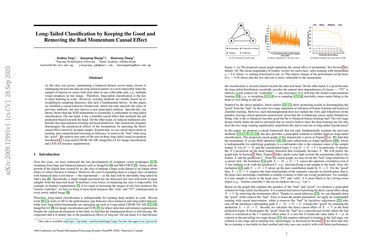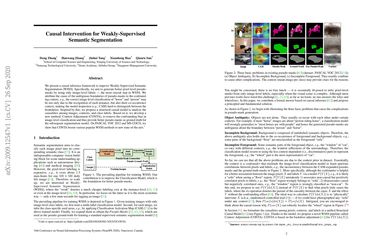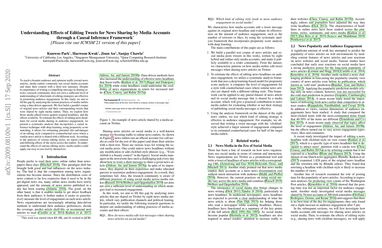Long-Tailed Classification by Keeping the Good and Removing the Bad Momentum Causal Effect
As the class size grows, maintaining a balanced dataset across many classes is challenging because the data are long-tailed in nature; it is even impossible when the sample-of-interest co-exists with each other in one collectable unit, e.g., multiple visual instances in one image. Therefore, long-tailed classification is the key to deep learning at scale… However, existing methods are mainly based on re-weighting/re-sampling heuristics that lack a fundamental theory. In this paper, we establish a causal inference framework, which not only […]
Read more

